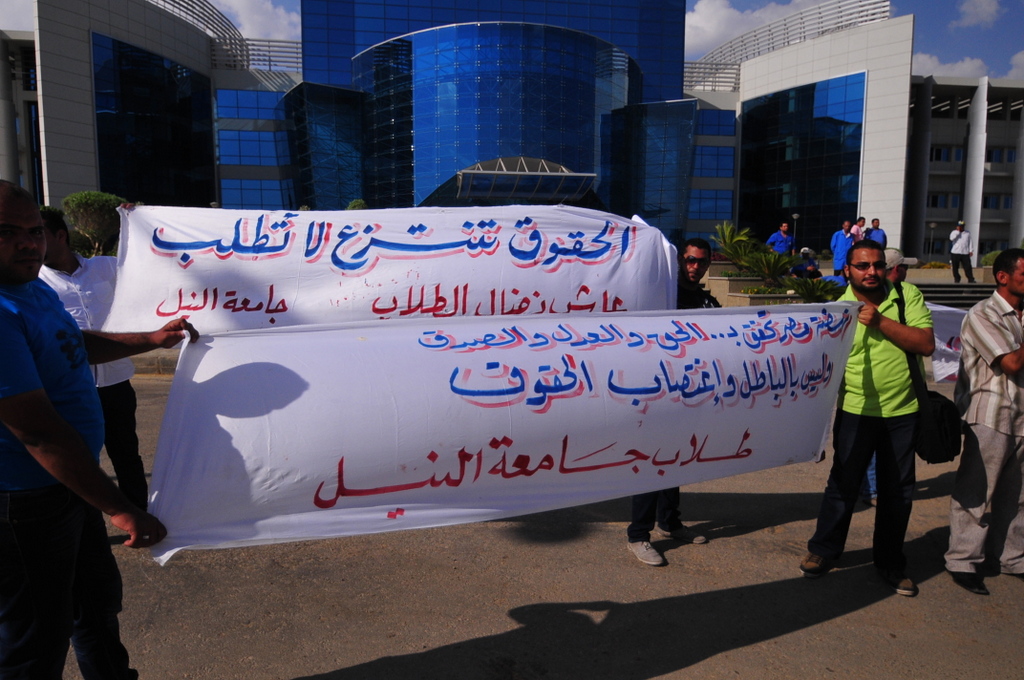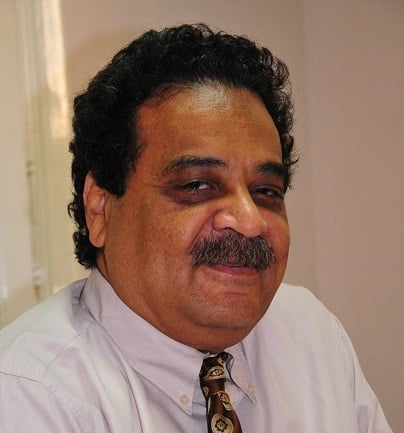The European Bank for Reconstruction and Development (EBRD) is providing a loan of $200m to the Egyptian Electricity Holding Company (EEHC), through the West Delta Electricity Production Company (WDEPC).
The loan is for the construction of a new 1.8 GW combined cycle gas-fired power plant in Damanhour, according to an EBRD press statement.
This project is part of a five-year plan project for 2012-2017 to increase the capacity of the national electricity network of Egypt.
The statement said the project aims to improve the performance of the national electricity networks to meet the steady increase of power demand in all sectors and to provide the necessary power for new investments and projects.
The total cost of the project is $1.3bn, and is also being supported by the European Investment Bank (EIB) with an amount of $600m, the Arab Fund for Economic and Social Development (AFESD) with $200m, and the African Development Bank (AfDB) with $80m. In addition, another $240m will be self-financed by WDEPC.
“Investment in the new power plant will ease Egypt’s severe energy shortages by increasing both efficiency and available generating capacity,” the statement read. “The new Damanhour plant will use the most advanced modern technology and will be the most energy and water-efficient plant in Egypt, reducing the energy generation sector’s carbon footprint by 1.5 million TCO2e each year”.
Egyptian Minister of International Cooperation Sahar Nasr said the project will support Egypt to confront the increasing power demand from the industrial, domestic, and agriculture sectors. EBRD is working together with multilateral and regional lenders in Egypt to combat the country’s energy shortage.
EBRD invested more than €1bn in Egypt through 27 projects since the start of its activities in 2012. The bank’s investments include the financial sector, agri-business, manufacturing, services, and infrastructure projects.








